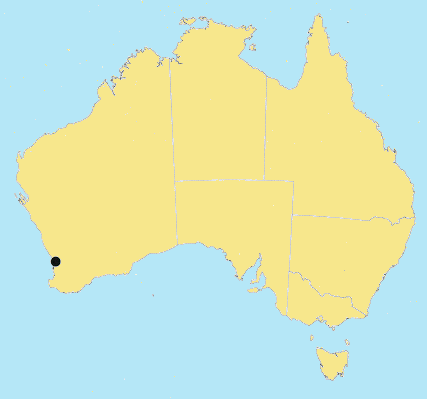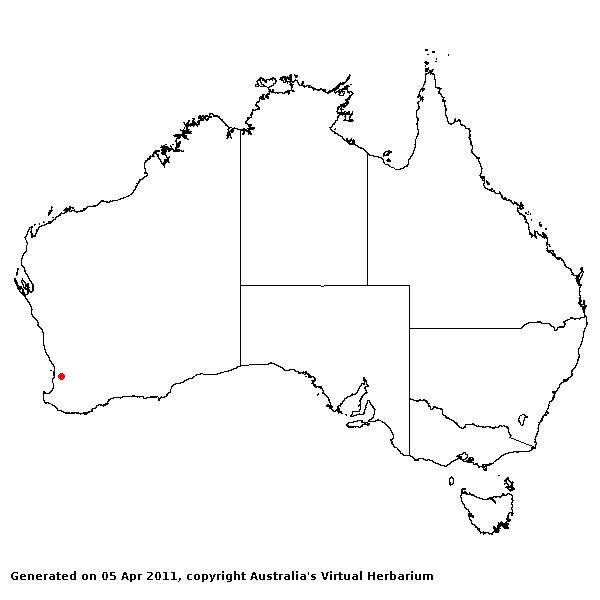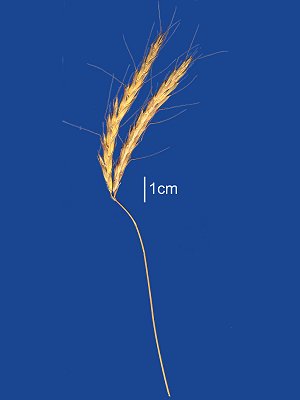Andropogon distachyos*
Andropogon distachyos*. Sp. Pl.
1046 (1753).
Classification. (GPWG 2001) : Subfamily
Panicoideae. Andropogoneae.
Type of Basionym or
Protologue Information: CT: Herb. Burser I: 120 (UPS). LT designated by
Clayton & Renvoize, Fl. Trop. E. Afr. Gramineae(3): 770 (1982); CT
proposed by Jarvis, Taxon 41: 556 (1992).
Key references
(books and floras): [2002] D.Sharp & B.K.Simon, AusGrass, Grasses of
Australia.
Derivation: Gk.
dis, twice; stachys, an ear of corn. Inflorescence two-branched
inflorescence.
Habit.
Perennial. Culms 25–100 cm tall. Lateral branches simple. Ligule an eciliate
membrane, 1 mm long. Leaf-blades 7–20 cm long, 1–5 mm wide.
Inflorescence.
Inflorescence digitate, with ramose branches. Rhachis fragile at the nodes.
Spikelets.
Spikelets sessile, 1 in the cluster. Companion spikelets pedicelled, 1 in the
cluster. Companion spikelets developed, male, 6–11 mm long. Companion spikelet
glumes awned. Fertile spikelets 2-flowered, the lower floret barren (rarely
male), the upper fertile, comprising 1 basal sterile florets, comprising 1
fertile floret(s), without rachilla extension, lanceolate, dorsally compressed,
8–16 mm long.
Glumes.
Glumes dissimilar, firmer than fertile lemma. Lower glume lanceolate,
herbaceous or coriaceous, much thinner above, keeled, 2-keeled, winged on keel,
winged broadly, 7–11 -nerved. Lower glume surface glabrous or indumented. Upper
glume lanceolate, hyaline or chartaceous, keeled, 1-keeled. Upper glume apex
awned. Florets. Basal sterile florets 1, barren, without significant
palea. Lemma of lower sterile floret hyaline, 2 -nerved.
Fertile lemma 5–6 mm
long, without keel. Lemma apex lobed, awned, 1 -awned. Median (principal) awn
from a sinus, 15–30 mm long overall, with a twisted column. Palea 0 -nerved,
without keels.
Continental
Distribution: Europe, Africa, Temperate Asia, and Tropical Asia.
Australian
Distribution: Western Australia.
Western Australia:
Drummond.
Notes.
Africa and Europe. Naturalised in one locality in south-western W.A. Flowers
Oct.



